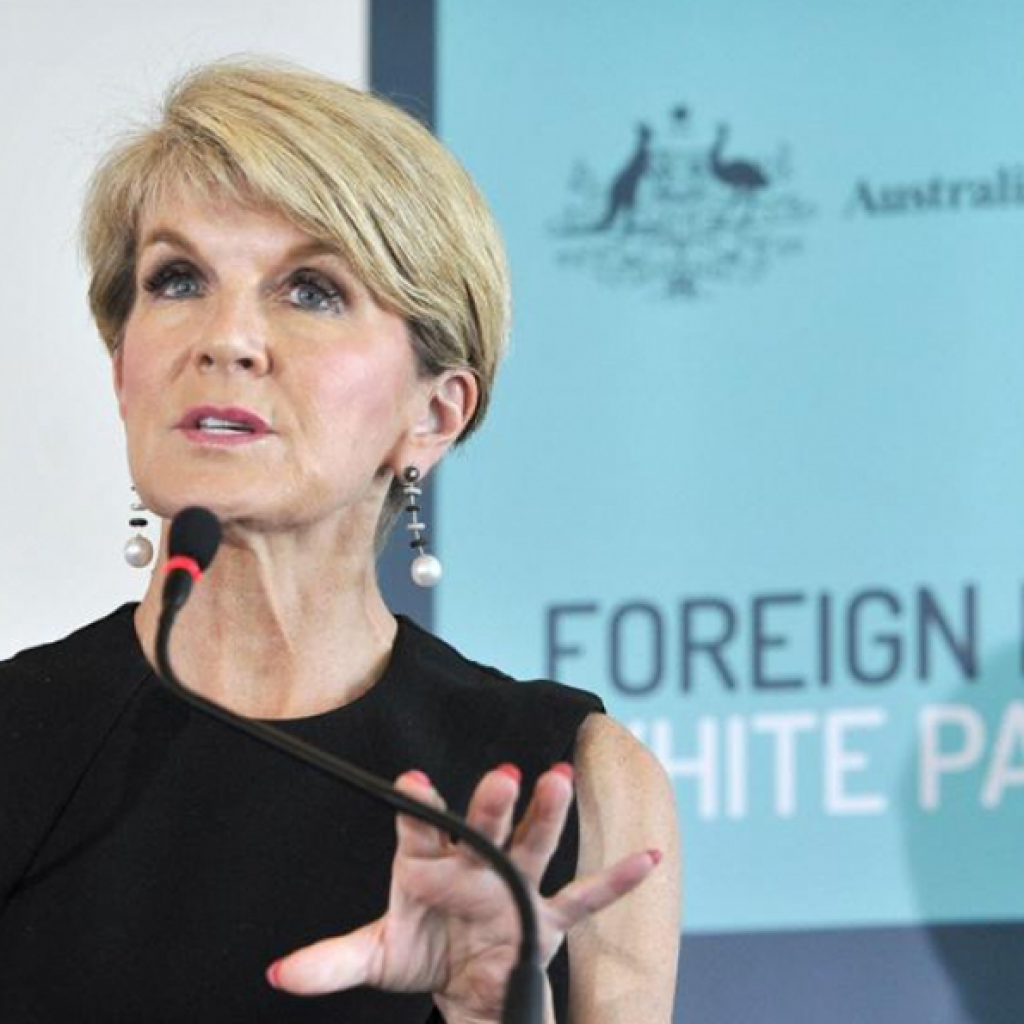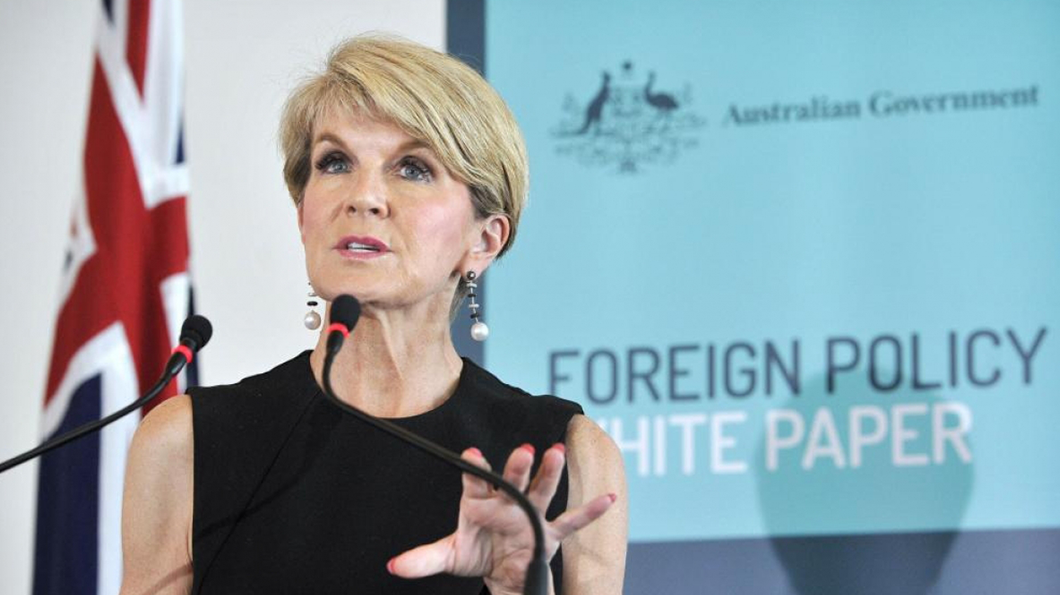
IWDA’s Response to Australia’s Foreign Policy White Paper
Yesterday, the Australian Government released its first major foreign policy restatement in ten years. The Foreign Policy White Paper (White Paper), described as a “comprehensive framework to advance Australia’s security and prosperity in a contested and competitive world” defines Australia’s foreign policy approach in Australia, the region and the world. In our White Paper Submission, IWDA made the case that women’s human rights and gender equality must be at the forefront of Australia foreign policy. So how does the foreign policy white paper measure up?

Yesterday, the Australian Government released its first major foreign policy restatement in ten years. The Foreign Policy White Paper (White Paper), described as a “comprehensive framework to advance Australia’s security and prosperity in a contested and competitive world” defines Australia’s foreign policy approach in Australia, the region and the world. In our White Paper Submission, IWDA made the case that women’s human rights and gender equality must be at the forefront of Australia foreign policy. So how does the foreign policy white paper measure up?
The Positives:
- Recognition of the critical role of gender equality as a driving factor towards global prosperity, stability and security.
- The naming of gender equality as one of Australia’s national values, central to our foreign policy.
- Inclusion of standalone analysis of the impact of gender equality on foreign policy, particularly in relation to development assistance funding.
- Continued commitment to gender equality in Australian development assistance including improving women’s access to education, sexual and reproductive health services, employment and financial services and investment in women’s leadership in their communities and parliaments and in ending violence against women and girls.
The Missed Opportunities:
- Important acknowledgement of the vital partnership between the Government and NGOs to achieve “prosperity and stability in our region” but no recognition of the importance of resourcing and supporting women’s leadership and women’s rights organisations in securing Australia’s national interests.
- An increase in humanitarian assistance in the magnitude of $500 million a year but no mention of the need to strengthen the gender dimensions of Australia’s humanitarian response.
- Although recognising that gender inequality “contributes to and often exacerbates’ conflict and violent extremism,” there was no attempt to broaden the concept of security to include ‘human security’ and to recognise the importance of women’s leadership in preventing conflict.
- The 2030 Sustainable Development Agenda is referenced as an important framework for overseas development assistance but the opportunity to utilise the SDGs as a driver for coherence across Government policy and to forge new, innovative collaborations including with the private sector is missed.
The Disappointments:
- Gender is still not being integrated across policy approaches. In relation to climate change, multilateral and bilateral pursuit of free trade agreements, and security policy, there is a failure to address the gendered impacts of these agendas and to acknowledge the importance of women’s leadership in realising peace and prosperity and women’s economic empowerment.
- The recognition of development assistance as a vital pillar of foreign policy is not matched with resourcing to realise this in practice. The White Paper does nothing to restore funding, leaving in place cuts that will see the aid budget comprising just 0.2% of Gross National Income by FY2020-2021.
- There is an inconsistent approach to resourcing various foreign policy priorities – development assistance languishes while we see a continued commitment to increase expenditure on defence to 2% of GDP.

